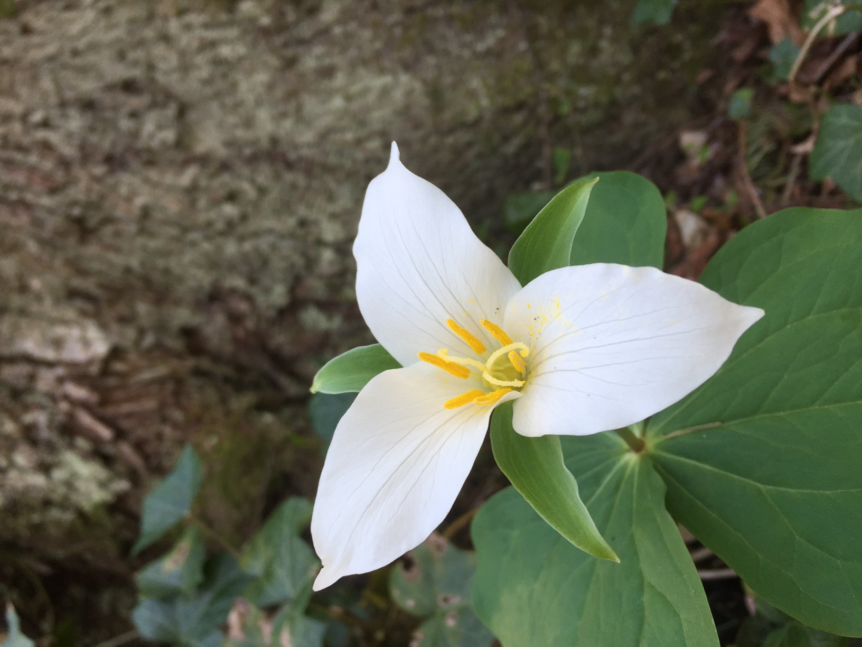In the fall of 2013, the Forest Park Conservancy launched the Greater Forest Park Conservation Initiative, a 20-year strategy to restore and protect Forest Park and 10,000 acres of public and private land surrounding the park. The main reason for this initiative was the recognition that in order to protect Forest Park we needed to work both inside and outside of the park. Invasive plants know no boundaries and the impact of climate change and urban growth pose significant threats to this special ecosystem. Through the GFPCI, FPC is bringing together partners from around the region to work together to make sure our beloved Forest Park is as healthy as possible.
But the story of FPC’s bigger vision goes back more than 20 years ago when we began to develop relationships with private landowners who agreed to take steps to protect their land while still enjoying living on it. These agreements, known as conservation easements, cover nearly 1,000 acres of land a majority of which is north of Forest Park, surrounding FPC’s Ancient Forest Preserve.
According to The Nature Conservancy, an “easement is either voluntarily donated or sold by the landowner and constitutes a legally binding agreement that limits certain types of uses or prevents development from taking place on the land in perpetuity while the land remains in private hands.
Conservation easements protect land for future generations while allowing owners to retain many private property rights and to live on and use their land, at the same time potentially providing them with tax benefits.”
One of the main benefits of a conservation easement versus other type of legal protections is that it can be “tailor made” for the property owner. The easement can be drafted to allow for certain types of uses or development for the landowner while protecting the main conservation values of the property. These agreements stay in effect even if the land changes ownership. FPC holds 13 recorded easements surrounding Forest Park. These easements mean that FPC is the steward for approximately 1,000 acres of permanently protected land for conservation. At this time, we are meeting with landowners to assess the condition of their properties and plan future stewardship activities. Some property owners are also taking advantage of the services provided by West Multnomah Soil and Water Conservation District to develop conservation plans that will help them comply with their obligations under these conservation easements.
Alejandro Orizola, FPC’s GFPCI Coordinator states that “by holding these conservation easements, FPC is actively engaging in the protection of ecologically important properties within the greater Forest Park ecosystem. And, by working with land owners, FPC will ensure the land provides healthy wildlife habitat and other environmental benefits in perpetuity.”
This is just one example of how FPC is leading restoration and protection efforts outside of Forest Park that will ensure the park itself is healthier for years to come.

